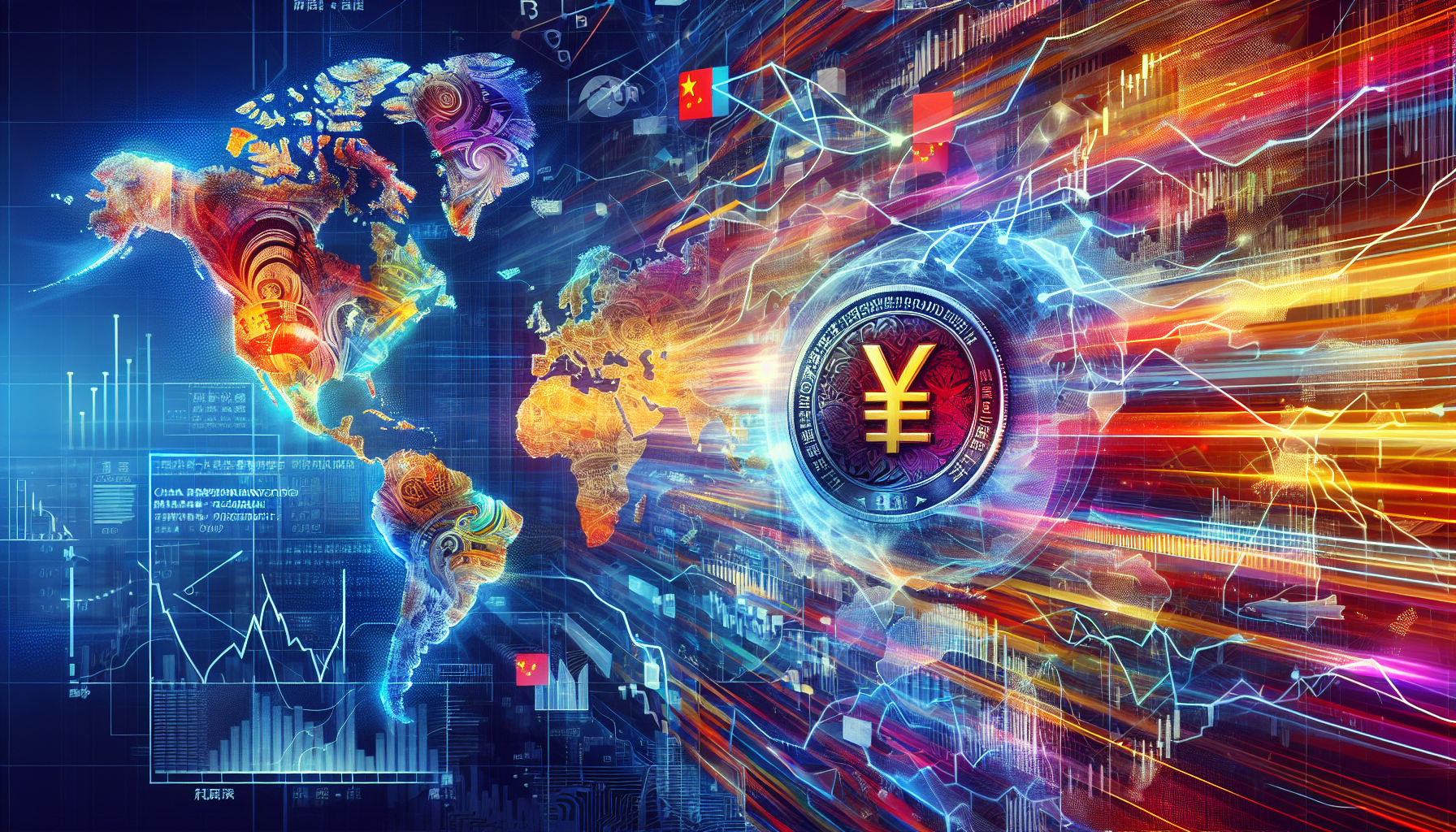
tl;dr
China's strategic push to elevate the RMB as a global currency is accelerating, with overseas RMB lending, investments, and trade settlements skyrocketing. This shift, driven by geopolitical tensions and sanctions, marks a bold move to reduce reliance on the U.S. dollar and reshape global finance.
**China's Strategic Shift: RMB Gains Ground in Global Finance**
China has taken a significant step in its effort to reduce reliance on the U.S. dollar, marking a pivotal moment in its broader campaign to elevate the renminbi (RMB) as a global currency. Official data reveals that overseas RMB lending, bond investments, and deposits by Chinese banks have quadrupled in five years, reaching RMB3.4 trillion ($480 billion). This surge underscores a long-term strategy to diversify away from the dollar, driven by geopolitical tensions and the need to ensure uninterrupted trade amid U.S. and EU sanctions targeting Chinese banks over alleged ties to Russian weapons parts.
**A Bold Move Against Dollar Dominance**
The push for RMB internationalization is not merely about financial autonomy—it’s a strategic response to the risks posed by Western sanctions. Adam Wolfe of Absolute Strategy Research in London noted, “From China’s perspective, [RMB settlement] is important because it shows that no matter what happens, it can still trade.” By expanding RMB-denominated assets, China aims to insulate itself from the vulnerabilities of the dollar-centric system, which has become increasingly politicized.
**Expanding RMB Networks in Emerging Markets**
China has been actively building its financial influence in emerging economies. Countries like Kenya, Angola, and Ethiopia have already swapped dollar debts for RMB, while Indonesia and Slovenia are planning to issue RMB bonds. Kazakhstan recently raised RMB2 billion in offshore bonds at a 3.3% yield, signaling growing confidence in the currency. According to the Bank for International Settlements (BIS), renminbi loans to emerging markets surged by $373 billion between 2020 and 2024, marking a clear shift away from dollar- and euro-denominated credit.
The RMB’s role in global trade finance has also expanded rapidly. Swift data shows its share of trade transactions rose from under 2% to 7.6% in three years, making it the second most-used currency after the dollar. Chinese customs data reveals that over RMB1 trillion in trade is settled monthly in RMB, with nearly 30% of China’s trade and over 50% of cross-border payments now conducted in the currency.
**Building Infrastructure for RMB Globalization**
China’s efforts extend beyond trade. The country’s domestic payment system, the Cross-border Interbank Payment System (CIPS), has seen explosive growth, with quarterly transaction values surpassing RMB40 trillion since early 2024. This indicates a shift away from Western-dominated systems like SWIFT. Meanwhile, Hong Kong is playing a critical role in deepening RMB liquidity. The city recently unveiled a “road map” to boost RMB bond issuance and liquidity, drawing comparisons to the success of its stock connect programs.
The interbank repo market in Hong Kong has also been opened to foreign investors, allowing them to use RMB bonds as collateral for loans. Karen Lam of Simmons & Simmons in Hong Kong highlighted that this move “only makes sense” for investors seeking to utilize RMB assets beyond mere income generation. Additionally, the expansion of Bond Connect has linked foreign RMB issuers with a vast pool of RMB liquidity, further integrating the currency into global markets.
**Challenges and the Path Forward**
Despite progress, challenges remain. The RMB accounts for just 2.1% of global reserves, per IMF data, due to capital controls and limited usable RMB assets. However, Beijing is addressing these hurdles through targeted reforms. Bert Hoffman of the National University of Singapore noted that China’s strategy is to create a “multi-currency world,” arguing that a dollar-based system is inherently unstable.
Experts agree that China’s approach is gradual but deliberate. As Hoffman stated, “The policy is moving very gradually, but all of the elements that would make a much more rapid internationalization work—they’re falling into place.”
**A New Era for Global Finance**
China’s efforts to embed the RMB in global trade and finance reflect a broader vision for a more diversified financial system. While the dollar remains dominant, the RMB’s growing presence signals a shift in power dynamics. As Beijing continues to expand its networks, deepen liquidity, and foster partnerships, the renminbi is no longer just a regional currency—it’s a force reshaping the global financial landscape.
In the words of Paul Smith of Citi, China’s moves are “as significant as what Hong Kong did with the stock connect programs.” The RMB’s journey is far from over, but its quiet, steady rise is already redefining the rules of the game.